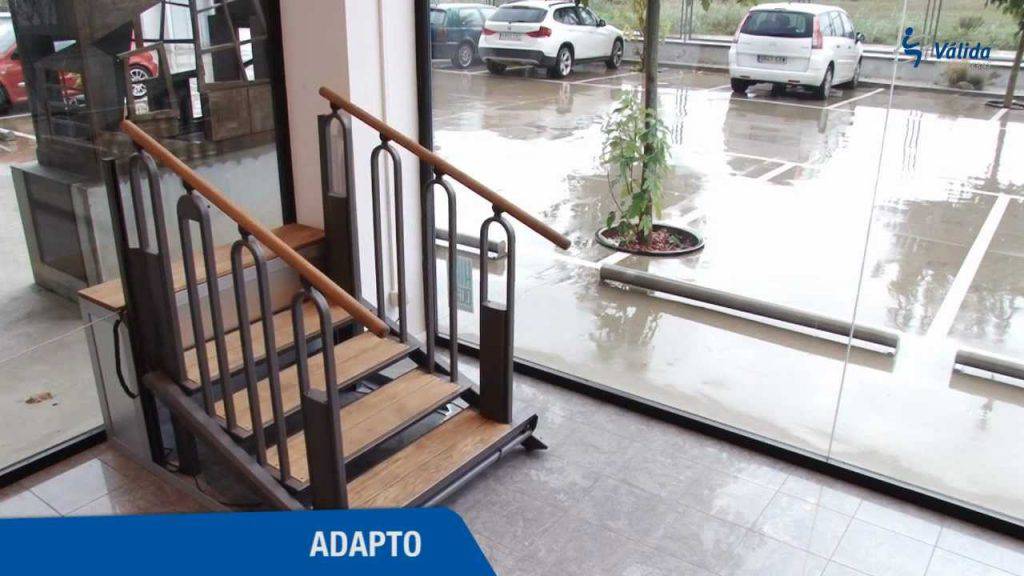Zolotie Bukvi

In 1860, the treaty was confirmed and significantly expanded in the Beijing Treaty. In 1958, the population reached 717,500. Akt snyatiya ostatkov topliva v bakah avtomobilej. By the end of the 1930s, the population of the Amur region increased by half compared to pre-revolutionary times and amounted about 450,000 people. In Chinese historiography, both treaties are considered unequal as China, weakened by the Opium wars and the Taiping Rebellion, was forced to make territorial concessions. A lot of people arrived to the Amur region with the construction of the Trans-Siberian Railway.
1 0.01% 1 0.01% 1 0.01%.
Contents • • • • • • Construction [ ] The initial plans for the future Syretsko-Pecherska Line called for a transfer station (named 'Kominternivska') to connect with the Sviatoshynsko-Brovarska Line at station. However, the short central hall at Universytet was inadequate for the high volume of passengers that a transfer station would be subject to, thus the station's future location was moved a few city blocks to coincide with a newly proposed station of the Sviatoshynsko-Brovarska Line. This new station, called Teatralna, would be located in between the and Universytet stations, and would serve as a transfer to the future Zoloti Vorota station. Although the Kominternivska station was never built, some of its architectural designs were preserved and used in the creation of the Teatralna station.
Construction for the Syretsko-Pecherska Line, the Kiev Metro system's third line, began on 23 February 1983. It had a projected date of completion in 1986, although the line's opening was delayed until the end of 1989 due to the economic state of the Soviet Union at the time. The line's first segment was officially opened on 31 December 1989, and consisted of three stations; Zoloti Vorota–– (named Klovska today). The station is located at a depth of 96.5 m (317 ft), creating the need for an underground vestibule in between the two escalator tunnels. Since its entrance is located on a hillside, two separate escalator tunnels had to be created, connected by an underground station vestibule. The upper tunnel is 35 m (115 ft) long, while the lower tunnel is 56 m (184 ft) long. The vestibule was built in the same way as with other stations of the Kiev Metro system; it was first completed at ground level, and then lowered to its final location underground.
The vestibule is a 20 m (66 ft) tall with an approximately similar diameter. The installation began in November 1987 and was completed by 1988, lowered at a pace of half a meter a day. Since the construction took place in water-saturated soils, over 200 frozen wells had to be formed so it could be lowered to its proper location. Honeywell dial set chronotherm manual meat replacement. In addition, over 250 m 2 (300 sq yd) of rock had to be removed to make way for the vestibule. After it was finally installed, construction work began on the lower escalator tunnel. Due to a difficult, the tunnel was not completed by the station's grand opening and until 1 May 1990, it could only be reached with a transfer from the Teatralna station. For several years, the Zoloti Vorota station served as the line's northern terminus.
Continued construction extended the line northwards to the station. In between the two stations, the station was built during the late 1990s; however, it has not been completed to this day. The station's massive chandeliers, flanked by the ceiling's mosaic pieces From an engineering standpoint, Zoloti Vorota was built as a, at a depth of 96.5 m (317 ft) underground. It consists of three distinct vaulted halls, featuring one central hall, and two side platform halls, each separated by a row of columns.